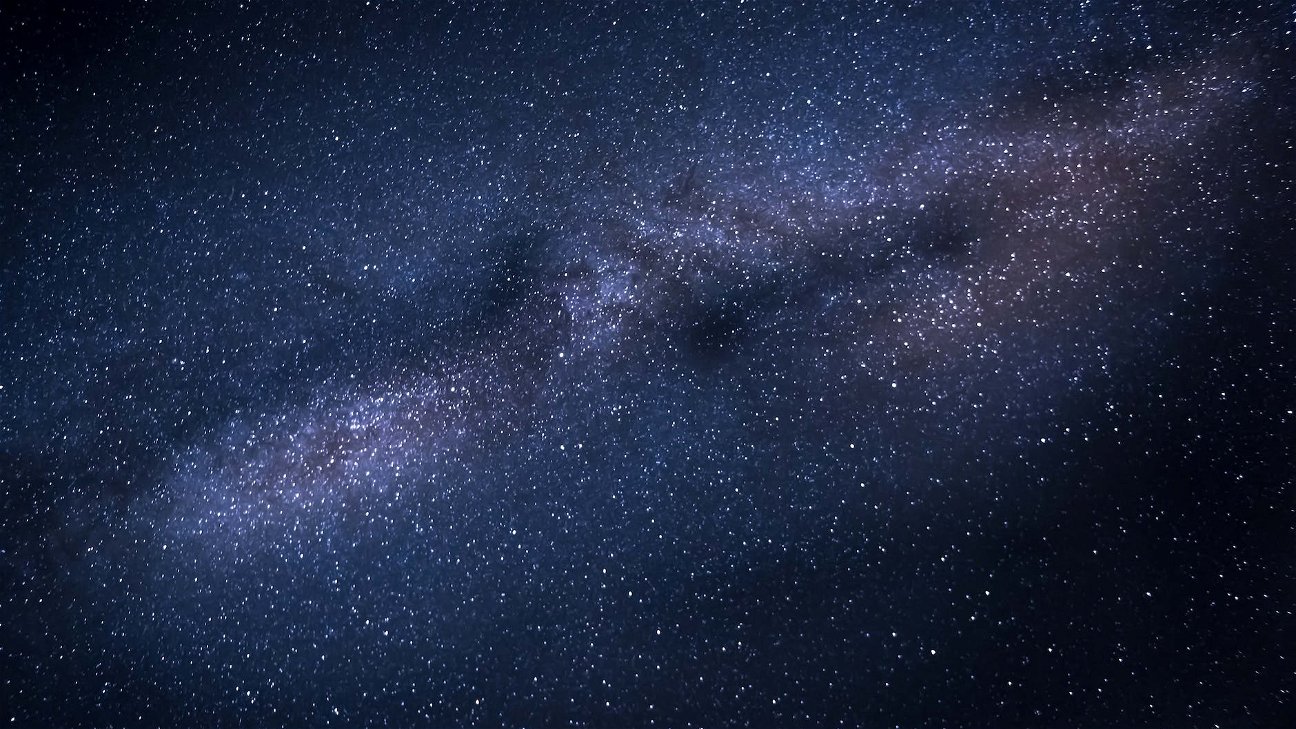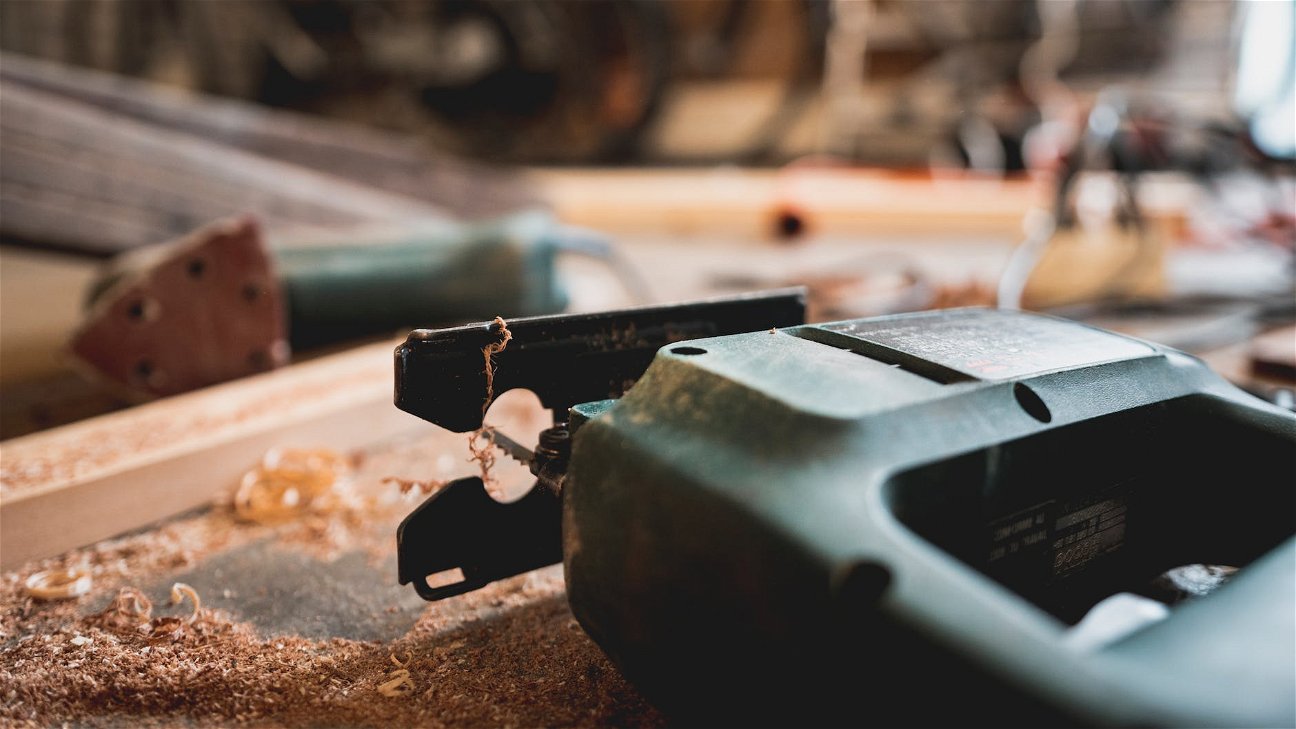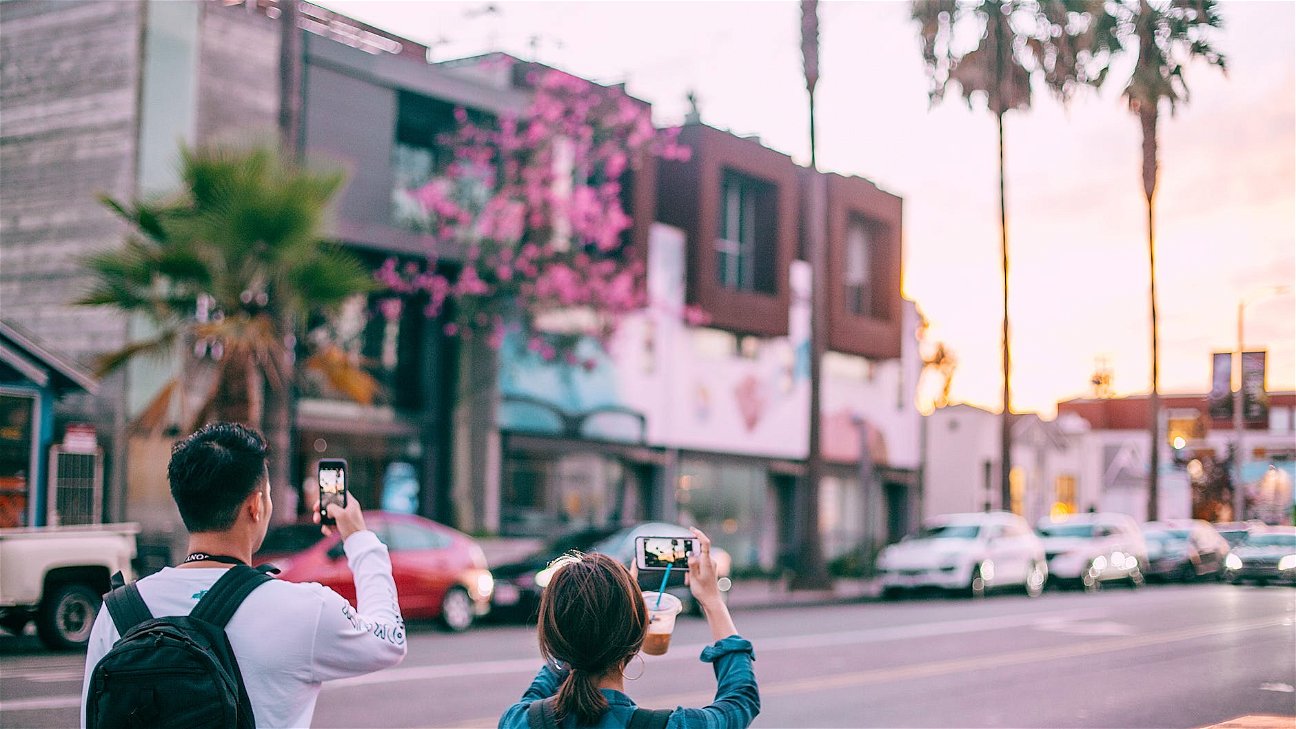
Night sky photography, or astrophotography as it is commonly known, is a fascinating branch of photography that allows us to capture the ethereal beauty of the universe. This article will provide you with an in-depth guide to mastering the techniques of night sky photography.
Essential equipment for Astrophotography
To get started with astrophotography, you'll need a few essential pieces of equipment.
- A Camera: A DSLR or a mirrorless camera with manual mode is typically used for astrophotography. However, even some smartphones now have capabilities for long exposure photography.
- A Wide-Angle Lens: A wide-angle lens allows you to capture a large portion of the sky.
- A Sturdy Tripod: A sturdy tripod is critical to ensure that your camera remains absolutely still during the long exposures required for astrophotography.
- A Remote Shutter Release: This allows you to trigger the camera shutter without physically touching the camera, preventing camera shake.
Camera settings for Night Sky Photography
Understanding and correctly setting your camera's settings is crucial for astrophotography. Here's a basic guide to get you started:
- Shutter Speed: You'll need to use a long exposure, typically between 15 and 30 seconds.
- Aperture: Use a wide aperture, usually the widest your lens will allow (f/2.8 is ideal).
- ISO: Begin with an ISO setting around 1600. You may need to adjust this depending on the light conditions.
- Focus: Manual focus should be used, set to infinity.
Techniques of Astrophotography
There are several techniques you can use to capture different aspects of the night sky:
- Star Trails: This involves taking multiple long-exposure shots and then stacking them in post-processing to show the movement of the stars.
- Milky Way Photography: This involves careful planning to find a location with minimal light pollution and a time when the Milky Way will be visible.
- Meteor Showers: For this, you'll need to know when and where meteor showers are happening, and set your camera to take continuous shots.
Post-processing for Astrophotography
After your night out shooting the stars, post-processing is an essential step to bring out the best in your night sky photos. Software like Adobe Lightroom or Photoshop can be used to adjust exposure, contrast, clarity, and to reduce noise in your images.
Mastering the techniques of night sky photography may seem daunting at first, but with patience, practice, and this comprehensive guide, you'll be well on your way to capturing the wonders of the universe.











